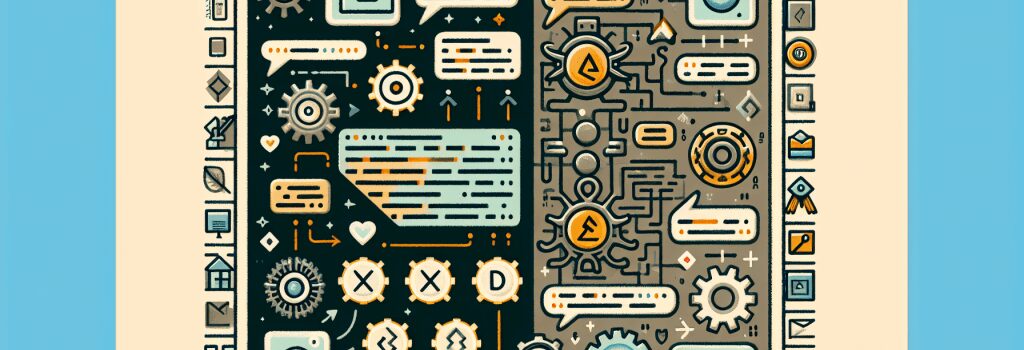Migrating Legacy PHP Applications to Modern Frameworks

Ready to get your hands dirty? Today we’re going to dive into the not-so-glamorous but oh-so-important world of PHP legacy migration. If the mere thought of tinkering with your old PHP scripts makes you hyperventilate, fear not! Just remember to breathe, because we’re going to break this down step-by-step.
Grappling With Legacy PHP
We’ve all been there. What was a cutting-edge masterpiece just a few years ago is now a lumbering, outdated monster. But don’t start the funeral dirge yet – migrating legacy PHP applications to modern frameworks doesn’t mean burying your old code in a forgotten digital cemetery. Think of it like giving it a new lease on life. Nina Simone style, we’re feeling good.
The first step? Understanding. In order to move forward, it’s crucial to examine the existing system in detail. Digital archaeologists unite!
One Step at a Time
Think of your legacy system as one of those giant puzzle mazes from when you were a kid. Instead of charging headfirst into the labyrinth (a surefire way to get hopelessly lost), first identify all routes with a bird’s eye view. That way, you can make strategic plans for each piece, which will lead to successful PHP migration.
Now, the smart coder’s rule of thumb here is to always back everything up before you start. You might feel like Indiana Jones diving headfirst into the Temple of PHP Doom, but remember, even Indy had a plan.
Choosing a Modern Framework
In our journey to bring our PHP up to speed, choosing a modern framework is like picking the right vehicle. You wouldn’t try crossing the Sahara in a coupe, would you?
Well, the PHP world offers a fleet of framework options – each serving a different purpose. Laravel, Symfony, and CakePHP are but a few of the big players. Now choosing can feel a little like standing in an ice cream shop with a vast array of flavors. But remember, all that glitters is not gold. Some frameworks are simply better suited to some applications than others.
Time to Take Action
Alright folks, hold onto your keyboards; it’s time to get down to the nitty-gritty. Start by creating a prototype on your chosen framework and progressively integrating parts of the legacy system piece by piece. Like carrying shopping bags upstairs, it’s much easier in manageable chunks!
Remember, Rome wasn’t built in a day – and your PHP won’t migrate itself overnight either. It’ll take time, patience, and probably a lot of coffee (or tea, if that’s your poison). Don’t be disheartened; remember what Confucius said – it does not matter how slowly you go as long as you do not stop.
Debug and Celebrate
Guess what? You’ve done it! Now bask in your glory, dance in your living room, or maybe just breathe a sigh of relief. Remember the mantra—trial and error—is an integral part of the coding world, and it definitely applies to PHP migration.
Just make sure you debug and test every new aspect you deploy. There’s nothing worse than popping the champagne only to discover that whole thing topples like a house of cards. Error codes are like those pesky mosquitoes at a barbecue. Annoying, but part of the experience. Swat them away, and keep going.
So there you go, ladies, gentlemen, and fellow coders. Migrating legacy PHP to modern frameworks might be challenging, like climbing a digital Everest. But remember, the view from the top is worth it. Until next time, happy coding!


